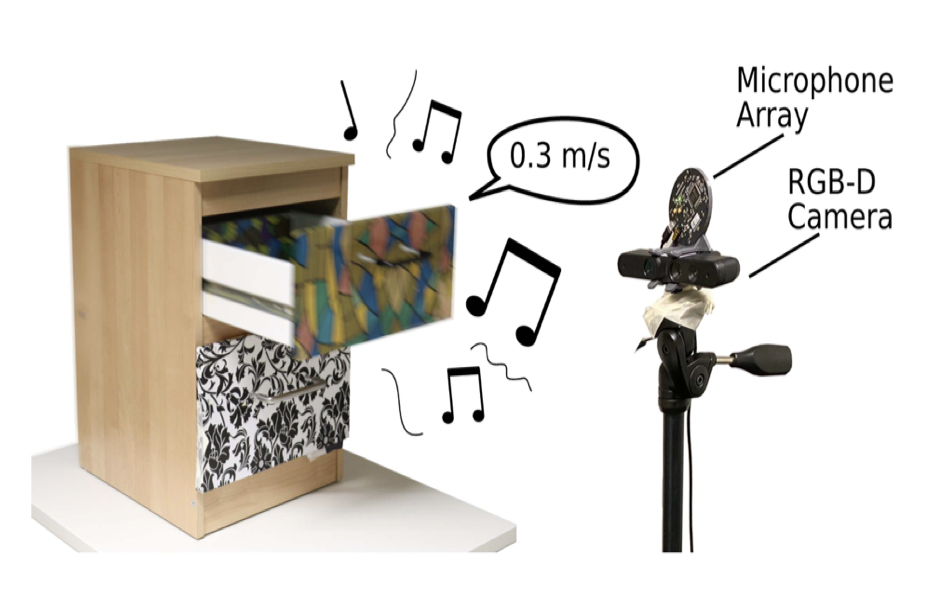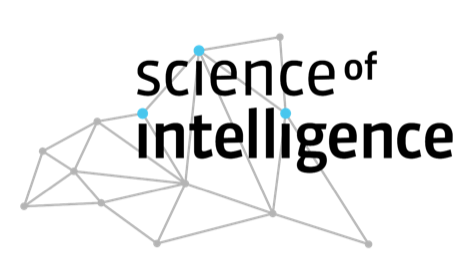Multimodality
Intelligent systems act more optimally in an uncertain, non-stationary world by processing information through multiple sensory channels as each modality captures overlapping yet non-redundant information. The simultaneous use of these different sensory channels, for example visual and tactile, is called multimodality. In biological systems, multimodal sensory integration is the common way for organisms to perceive the world. We were able to demonstrate that the use of multimodal information allows animals to make better decisions.
For example, bird predation poses a strong selection pressure on fish. Since birds must enter the water to catch fish, a combination of visual and mechano-acoustic cues characterize an immediate attack, while single cues (unimodal) may represent less dangerous disturbances, as shown in a study by Juliane Lukas et al.
Or, for a synthetic example, we can think of a robot closing a door while seeing that nothing is obstructing the door and also hearing that the door is shut due to the thump.





